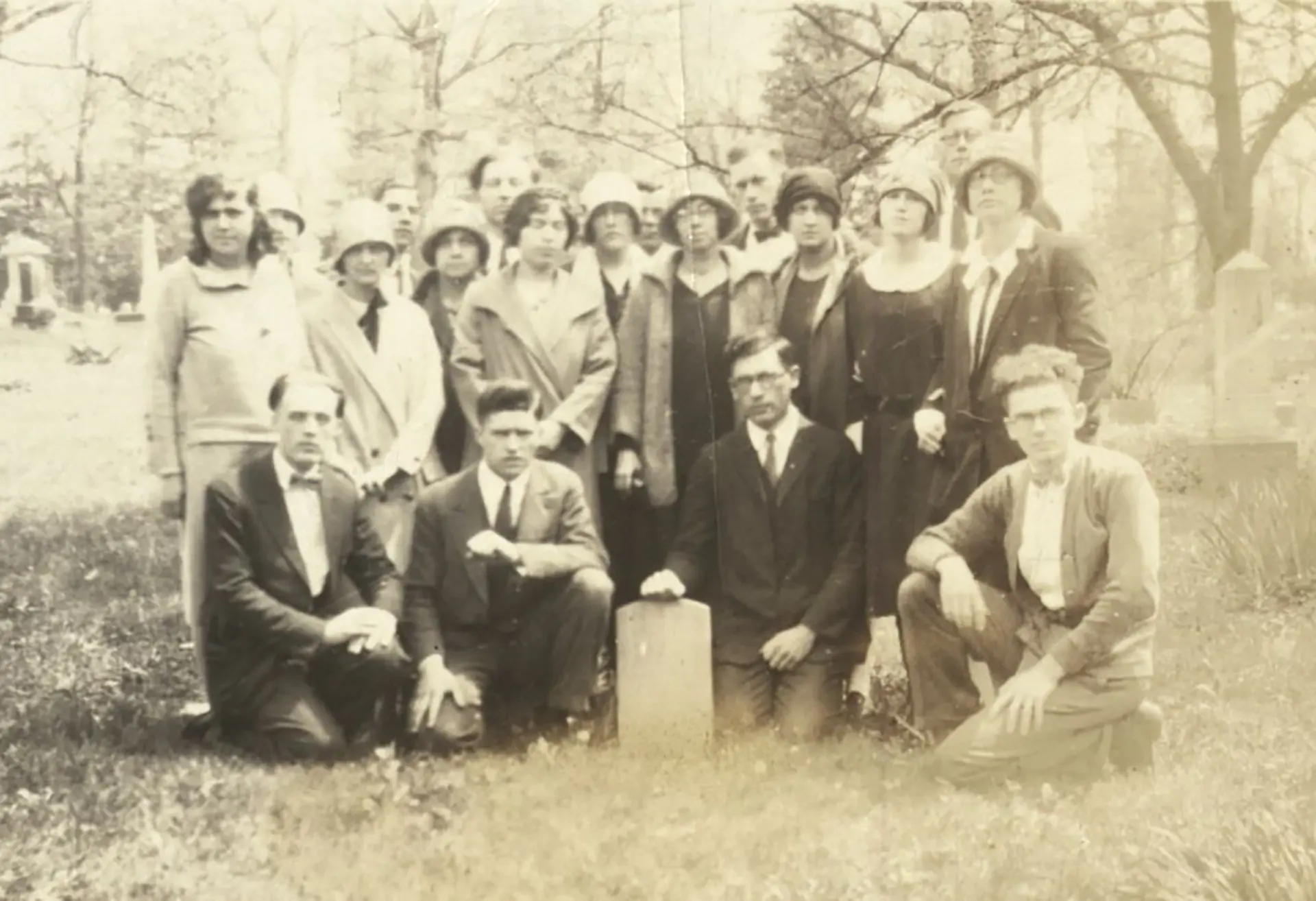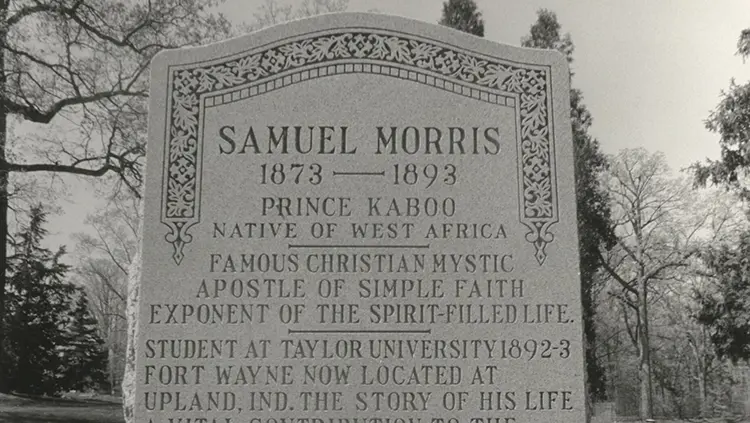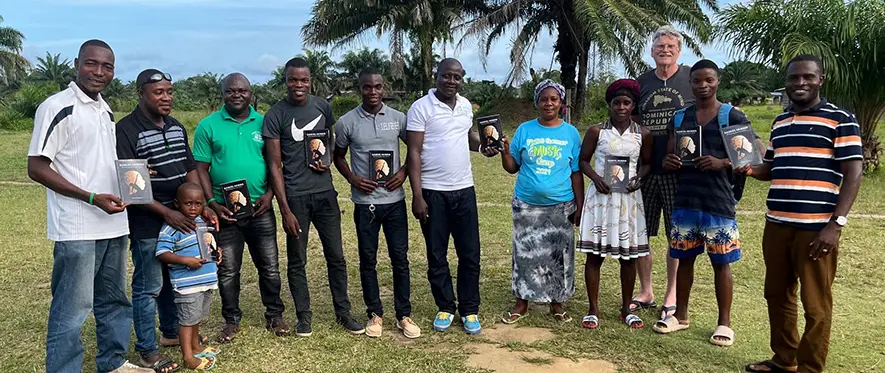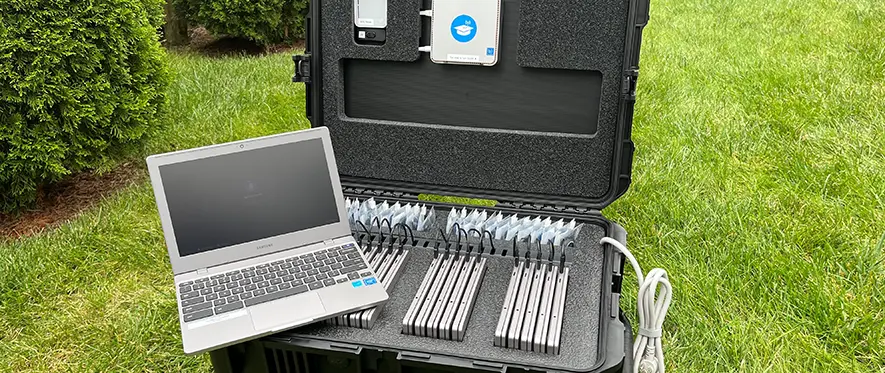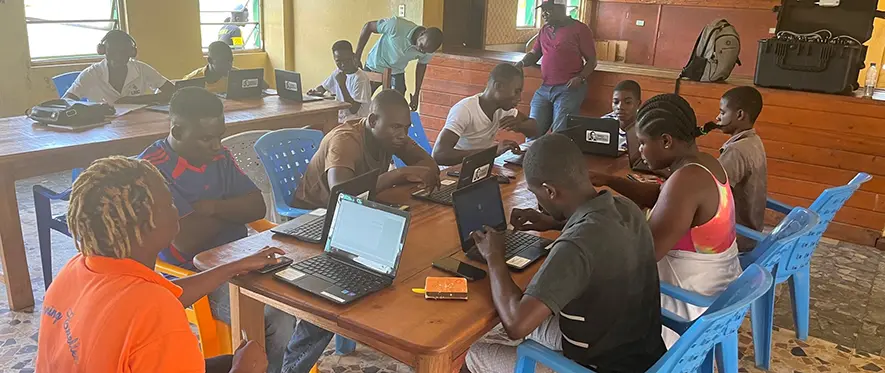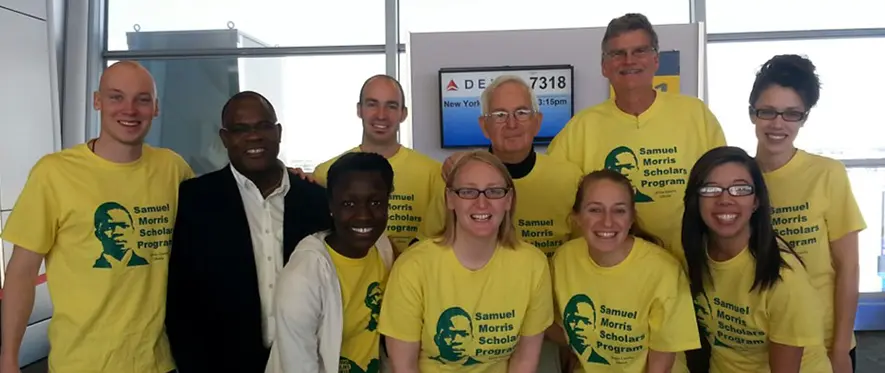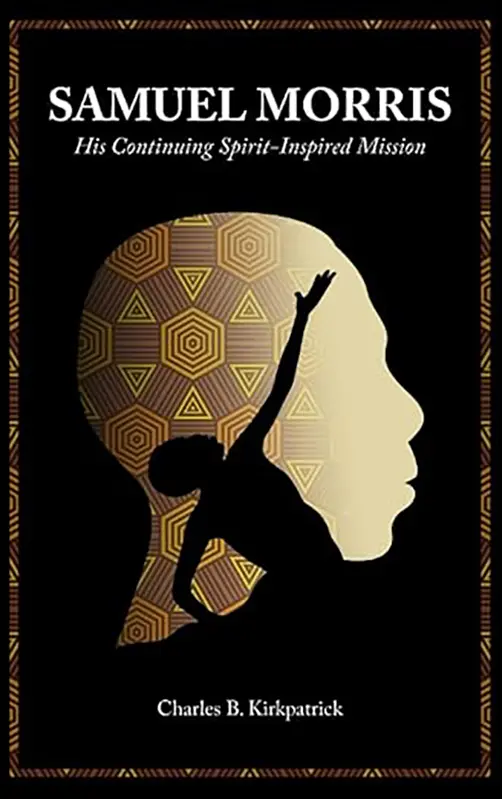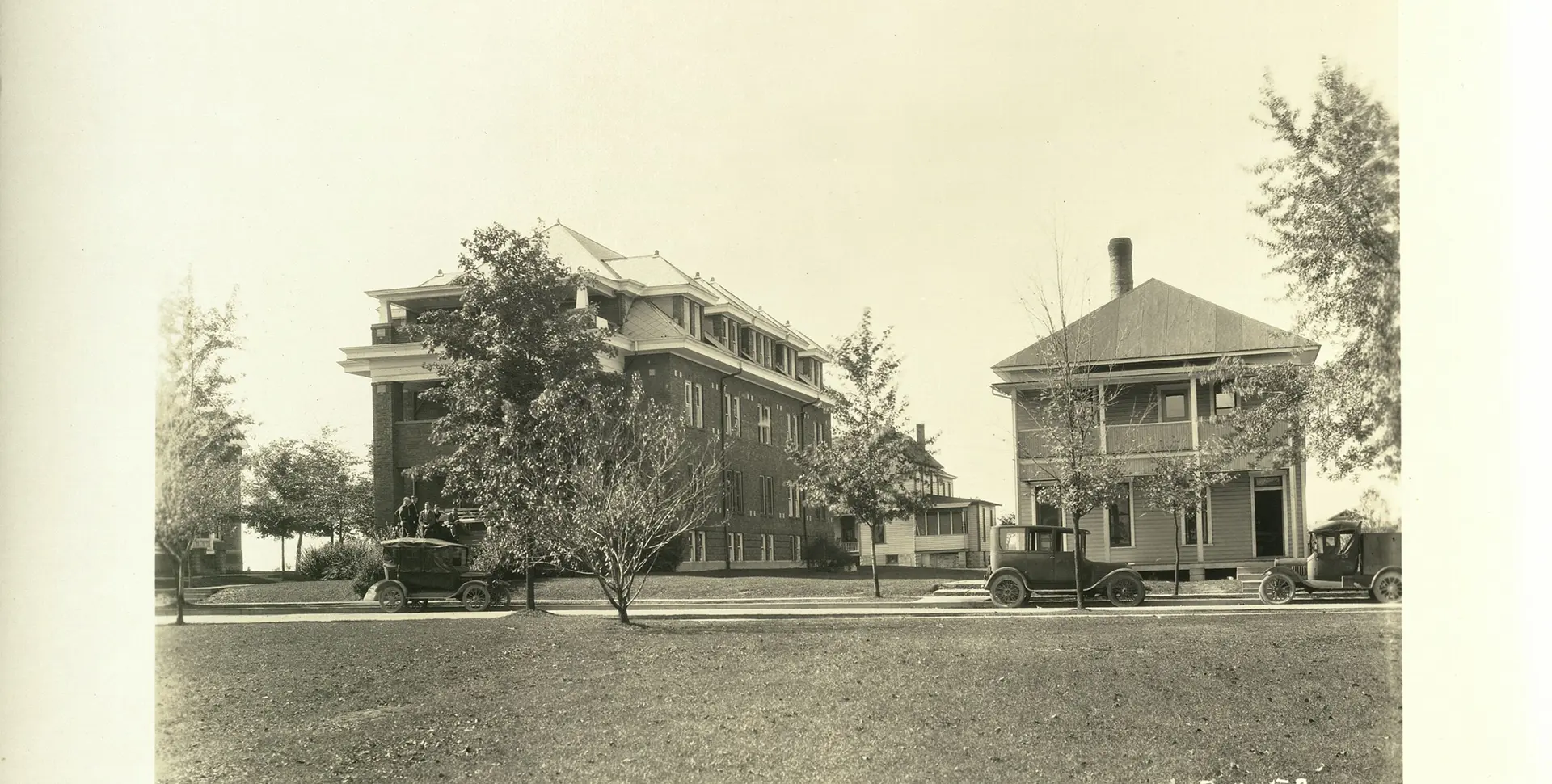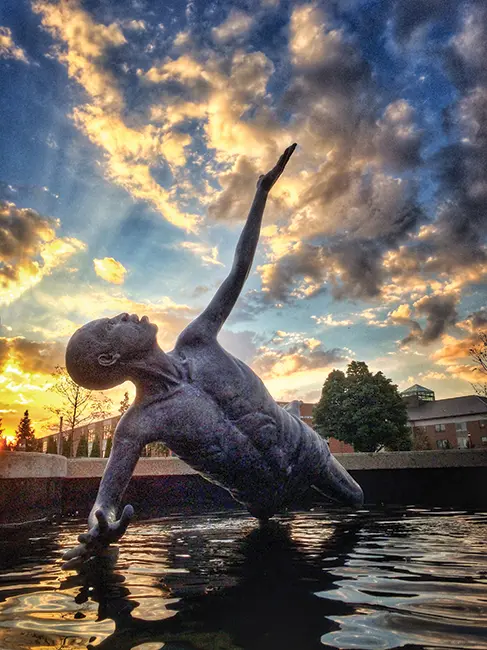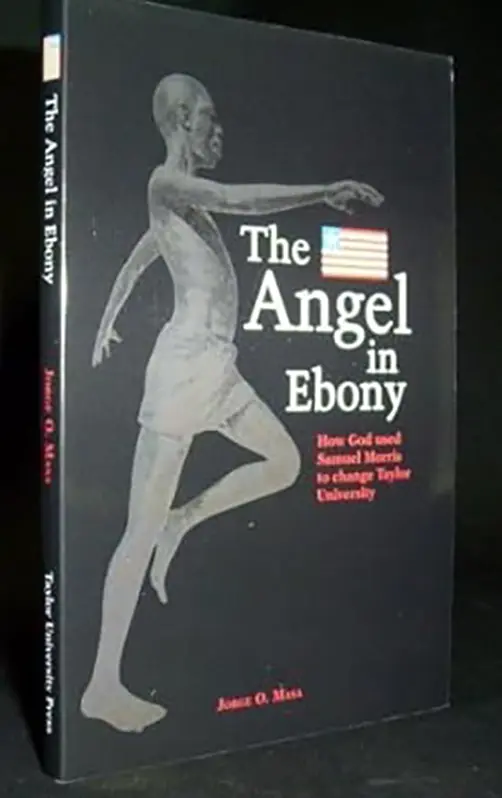In December 1891, Morris arrived on Taylor’s campus (then in Fort Wayne). When asked by Reade which room he wanted, Morris replied, “If there is a room nobody wants, give that to me.” Morris’ faith had such a profound impact on the Fort Wayne community he was frequently invited to speak at local churches. At night, he could be heard in his room praying, which he simply called “talking to my Father.”
President Reade once said, “Samuel Morris was a divinely sent messenger of God to Taylor University. He thought he was coming over here to prepare himself for his mission to his people, but his coming was to prepare Taylor University for her mission to the whole world. All who met him were impressed with his sublime, yet simple faith in God.”
The writers of the 1898 yearbook wrote, "In a little while, every one in the school came to look on Samuel Morris with reverence; all felt that he had an unusually close walk and open communion with God. His insight into the scripture was perfectly marvelous."

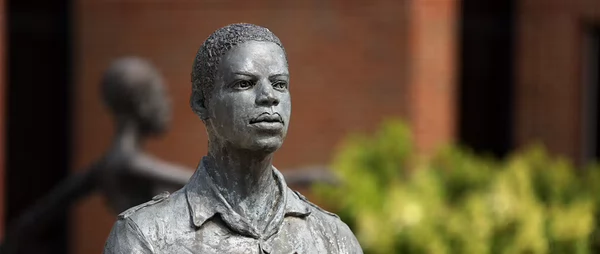

 Over 130 years ago, in a small Liberian village in West Africa, Samuel Morris was born as Prince Kaboo, the eldest son of a Kru tribal chieftain. While still a child, a neighboring clan defeated his people and demanded Kaboo’s father pay a hefty ransom for his son’s return.
Over 130 years ago, in a small Liberian village in West Africa, Samuel Morris was born as Prince Kaboo, the eldest son of a Kru tribal chieftain. While still a child, a neighboring clan defeated his people and demanded Kaboo’s father pay a hefty ransom for his son’s return.